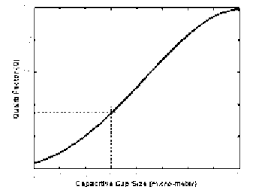

To determine how variation in the price and unit cost affect profit we do the following: Suppose Central Perk is considering a price of between $1.50 and $5.00 for a cup of coffee and they feel the unit cost will be between $0.30 and $0.60. In addition to the demand curve, the key inputs assumptions are the unit price (currently assumed to be $4.00) and the unit cost of producing a cup of coffee (currently assumed to be $0.45.) We want to determine how changes in the price and unit cost input affect profit.

This implies that an increase in the price of a cup of coffee will reduce annual sales by 9000 cups. As shown in Figure 1 the annual demand for coffee is 65,000 -9000*price. The worksheet Coffee of the workbook BeckerJanuary2020.xlsx contains a simple model that computes annual profit at the Central Perk coffee shop. In this article, we explain how to use a two-way data table to explore how changes in two inputs affect a single spreadsheet output. For example, a company’s annual profit might be a spreadsheet output. Spreadsheet outputs are quantities of interest that depend on the value of the spreadsheet’s inputs. For example, the price of a product might be a spreadsheet input. Spreadsheet inputs are assumptions that we make. Sensitivity tables are dependent upon spreadsheet inputs and outputs. In this case, a sensitivity table in Excel may prove useful.



 0 kommentar(er)
0 kommentar(er)
